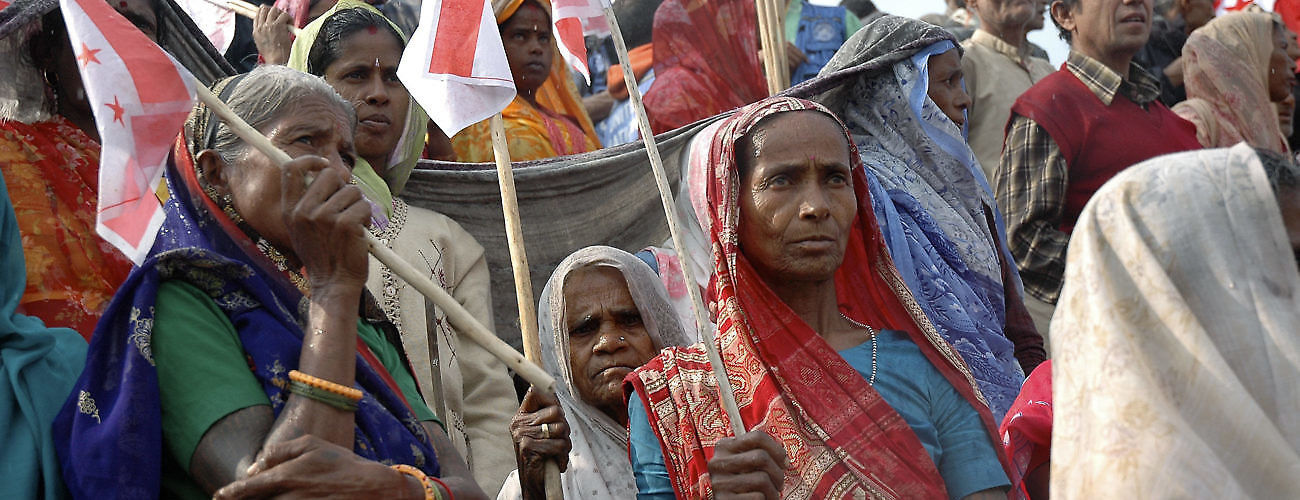Members of the Madheshi community of Biratnagar attend a political rally to demand autonomous federal regions and greater representation in parliament, 2008. UN Photo/Agnieszka Mikulska.
UN political engagement in Nepal between 2002 and 2018 has long been considered a successful example of sustained and innovative support to a critical peace process. Many governments in the broader region, however, have largely eschewed international assistance in resolving conflicts, perceiving it as an unnecessary infringement on state sovereignty or a threat to regional balances of power.
This paper looks at lessons the UN could learn from its political presence in Nepal. It summarizes the four periods of the UN’s involvement, highlights best practices, and reviews the challenges faced and how they shaped the range of actions available to the UN. It concludes with eight lessons for the UN:
- Foster relationships with key conflict parties before there is a need for an active UN political role;
- Use indirect means to keep the regional players positively engaged, when direct means fail;
- Draw on or generate high-quality, fast, actionable, and representative conflict information;
- Design UN missions according to context;
- Manage a mission’s (perceived or real) footprint in order to maximize leverage;
- Build a dedicated communications strategy to help set and manage expectations regarding what a mission can and cannot do;
- Consider using human rights monitoring as the groundwork for conflict resolution; and
- Be willing to make unpopular decisions, if they are the right decisions for sustaining the peace.








